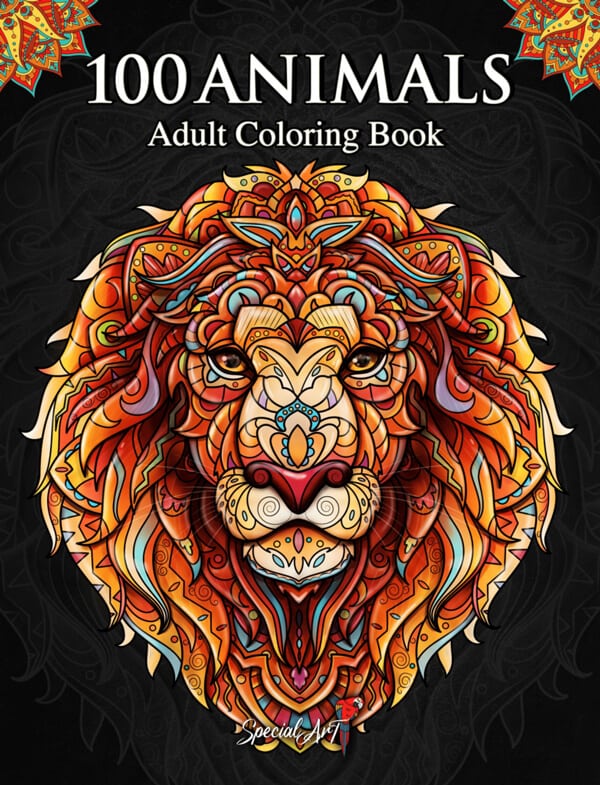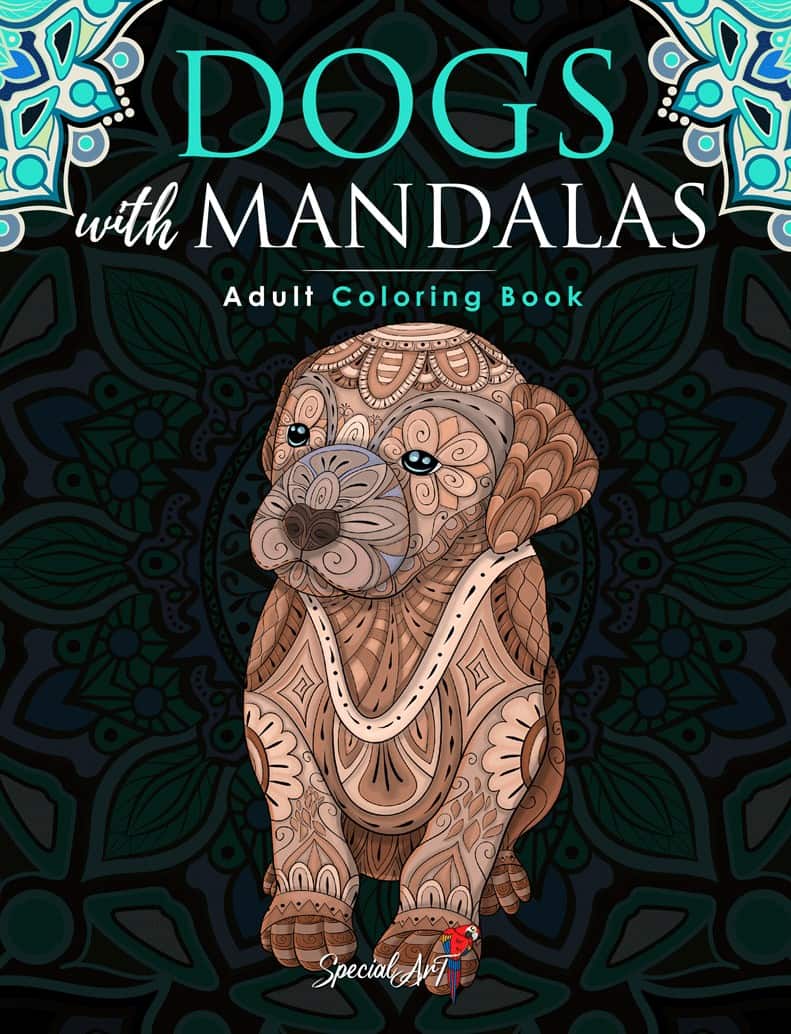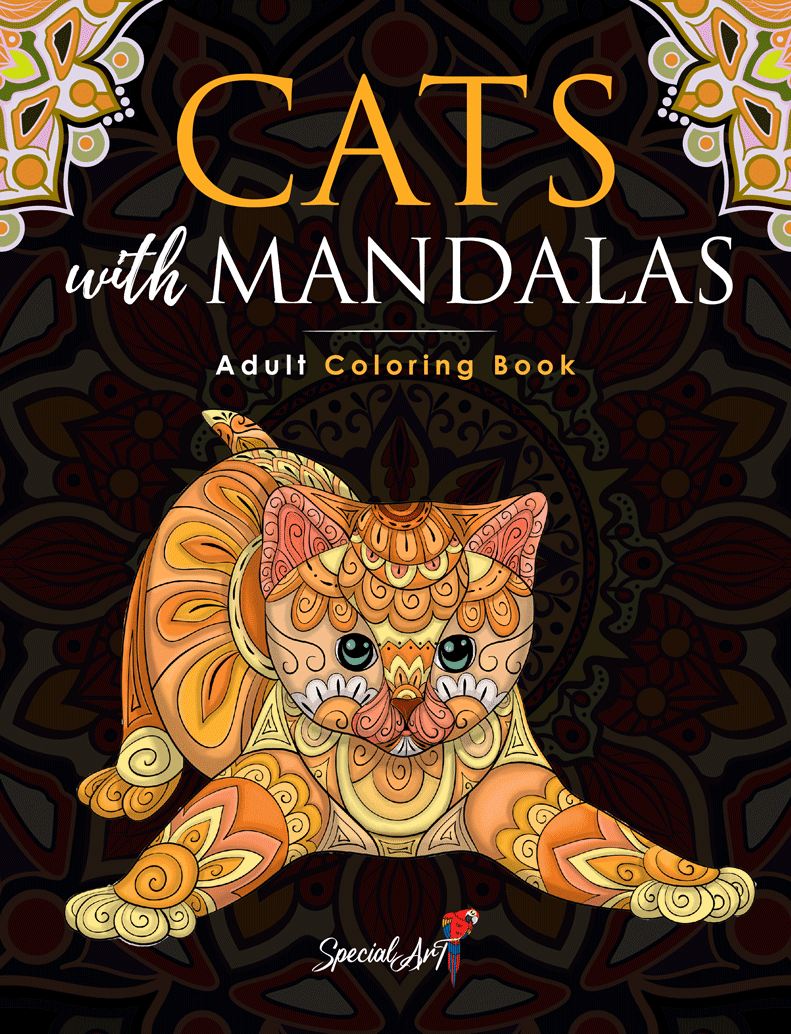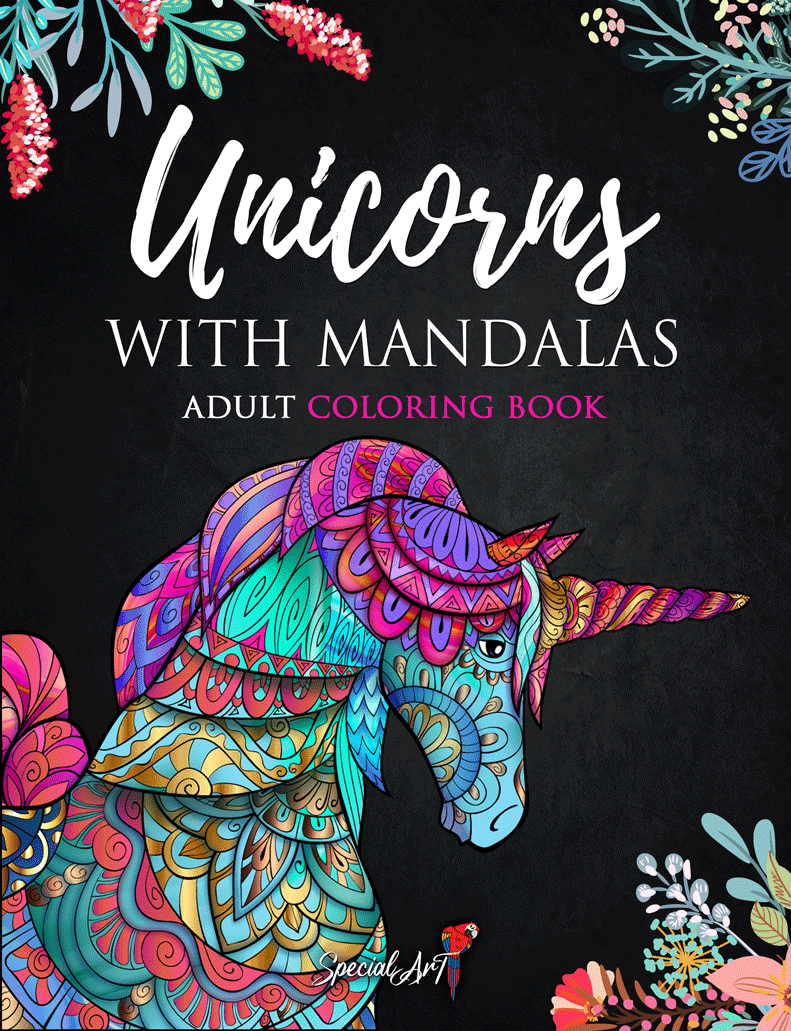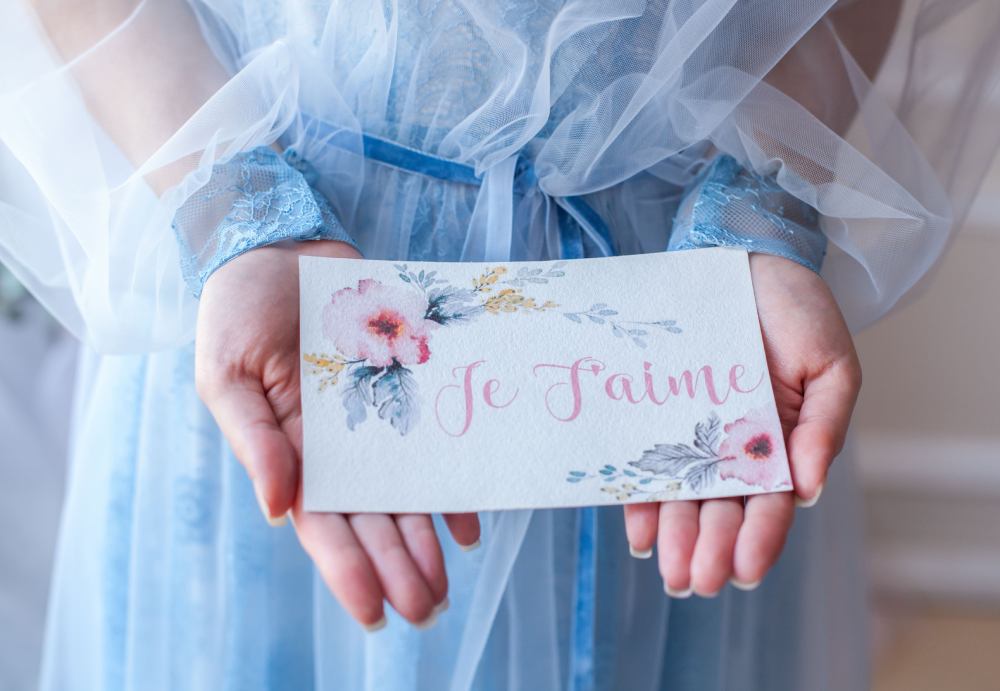
Do you ever wonder why some people have a knack for picking the right colors? If you’re not one of those people, knowing a little about color theory can help. And even if you’re great at putting together a color scheme, it can be fun to learn about the logic behind how colors work together. Below is a primer on the basics of color theory, to make picking out colors even more fun!


